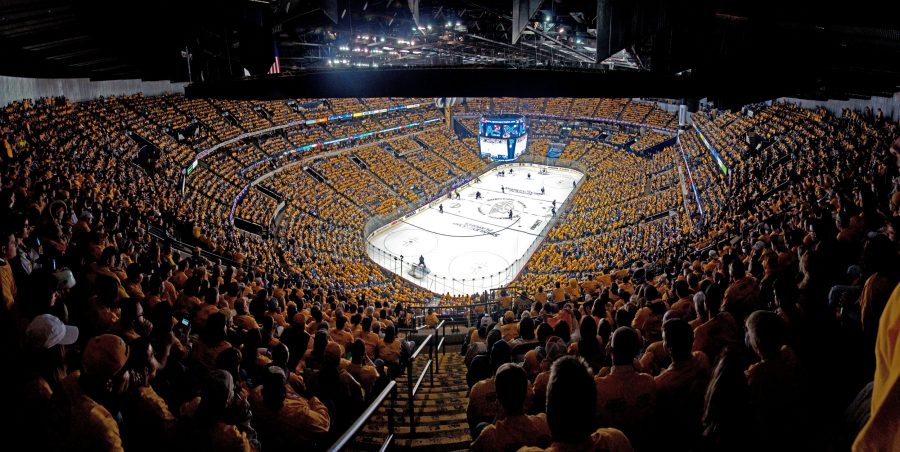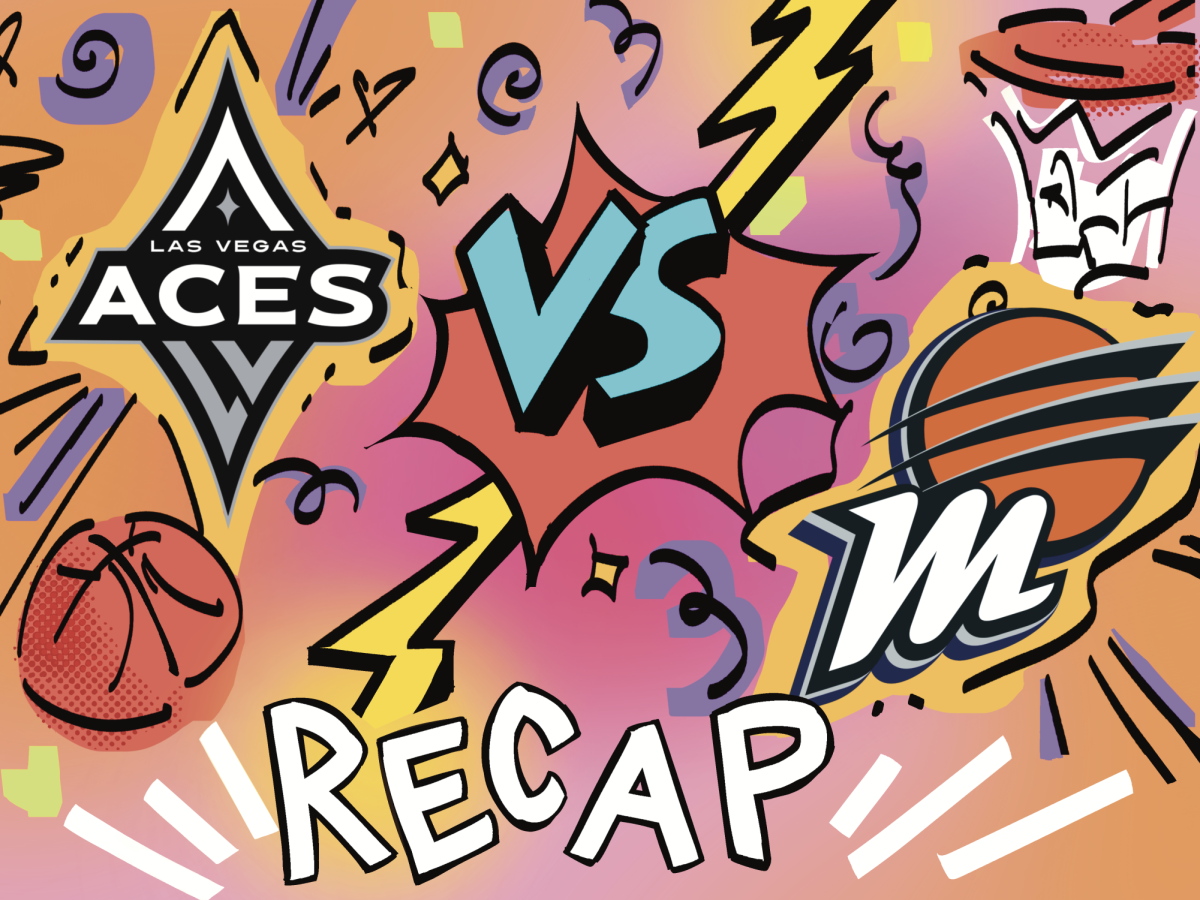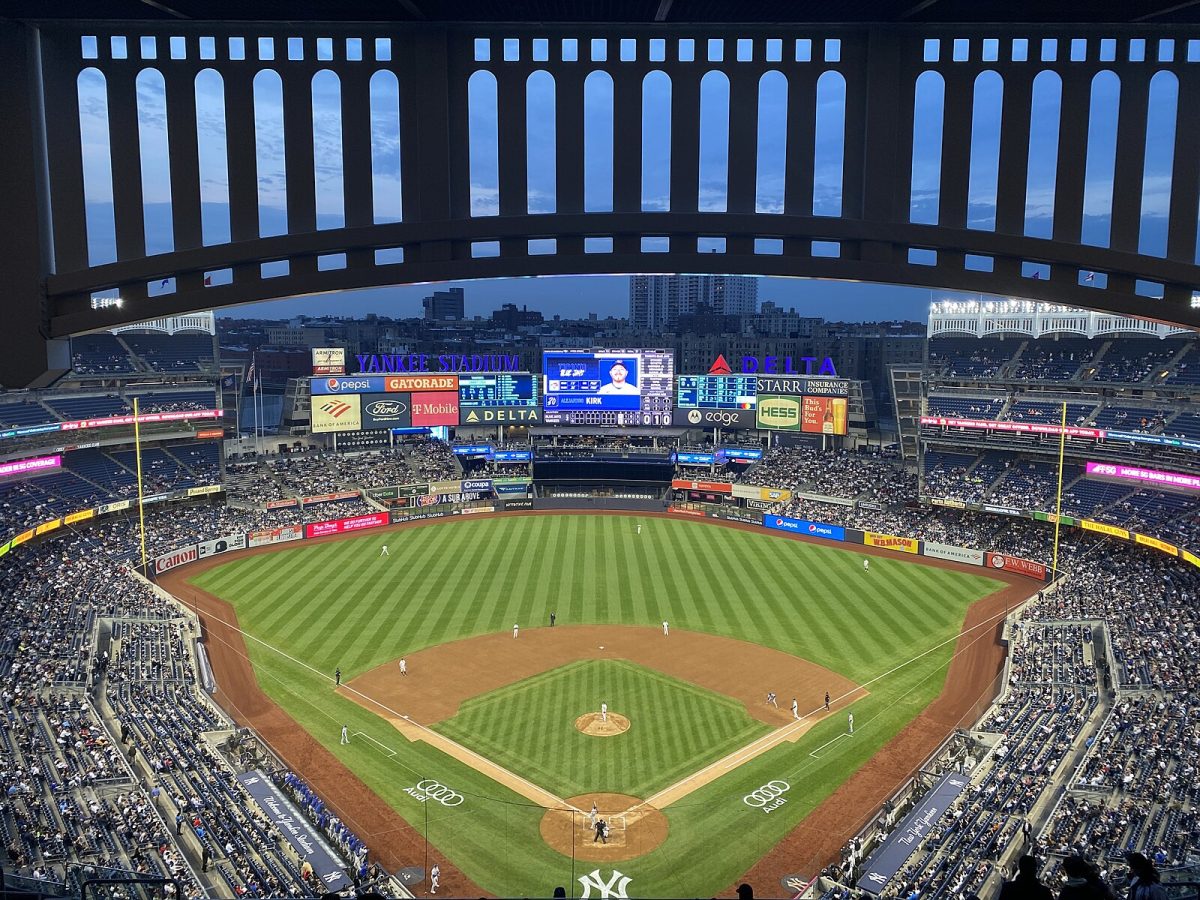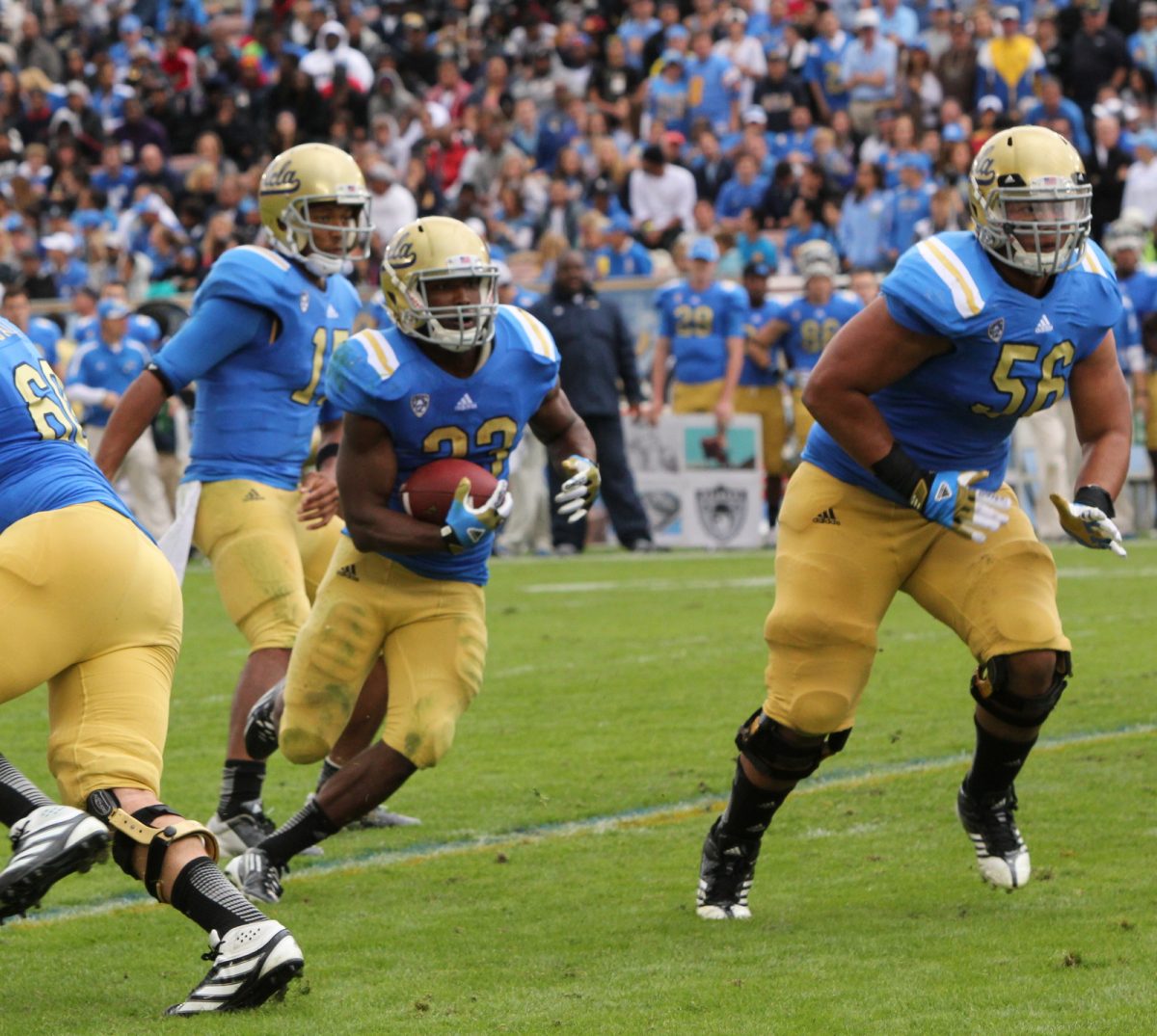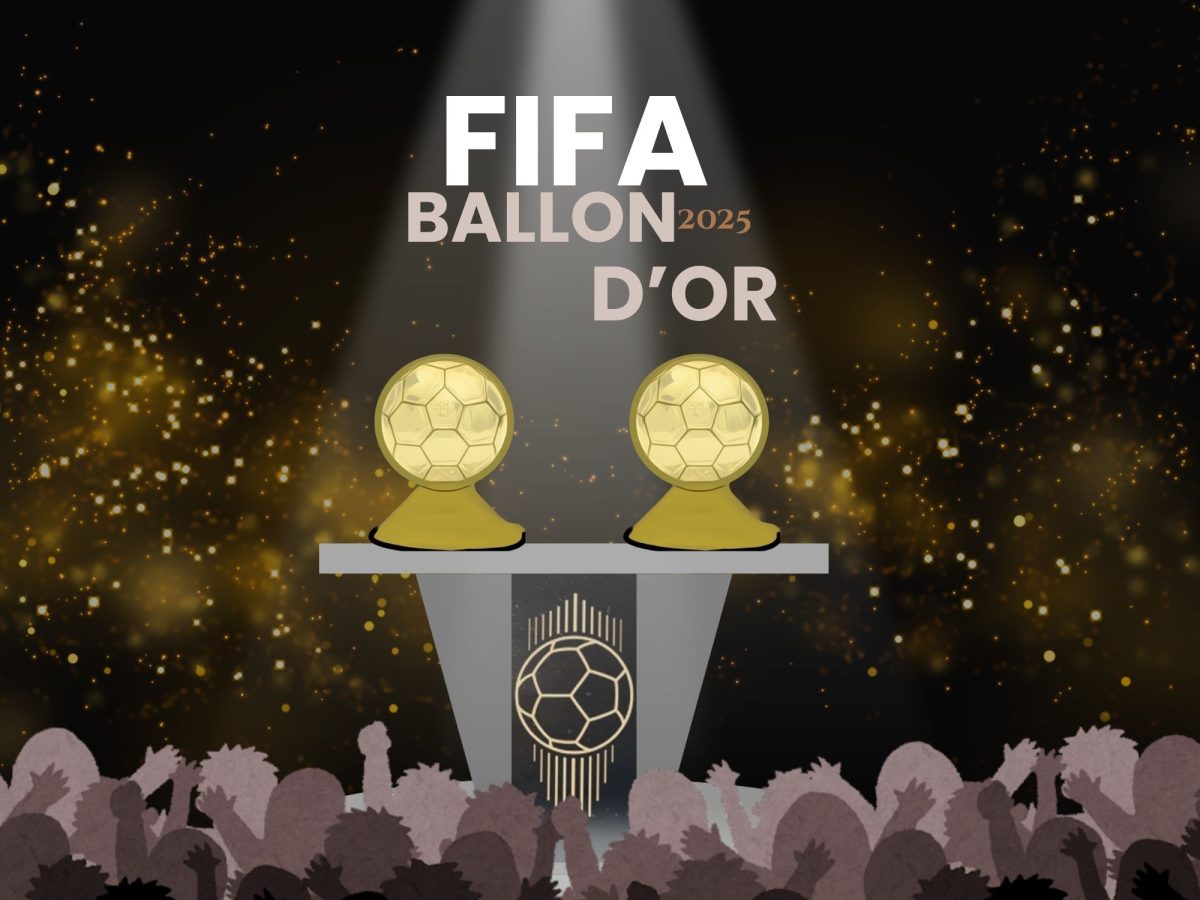When players start feeling bad for other teams in their own division due to the NHL’s playoff structure, it might be time to take a deeper look.
That’s exactly what Tampa Bay Lightning captain Steven Stamkos did earlier this month, telling the Sports Network that he doesn’t think the current playoff seeding is the fairest approach to improving a team, citing how the Boston Bruins and Toronto Maple Leafs have gotten, and will likely continue getting, the short end of the stick.
The NHL’s current playoff format, introduced in the 2013-2014 season, pits the No. 2 and No. 3 teams in each division against each other in the first round.
Meanwhile, the first-place finishers take on one of the conference’s two wild-card teams.
The division winner with the best record takes on the second wild card, leaving the first wild card to the other division winner.
On paper, it really doesn’t sound so bad.
But the glaring weakness in this structure is that it does not account for one division being significantly stronger than the other as it relates to the conference or the rest of the league.
This is especially the case this season with the Atlantic Division, arguably the strongest division in the NHL this time around.
In all likelihood, the Bruins and Maple Leafs will meet each other in the first round as second- and third-place finishers in the Atlantic Division for a second consecutive season, although which team receives home-ice advantage has yet to be determined.
The Bruins have the second-best record and point total in the Eastern Conference and the entire league. Unfortunately, they are also in second place in their own
division.
This is because the Lightning have already clinched the Presidents’ Trophy for owning the league’s best regular-season record by a landslide, automatically giving them the Atlantic Division crown. This means that the Bruins will not get the luxury of facing a much weaker wild-card team, such as the Carolina Hurricanes, Montreal Canadiens or Columbus Blue Jackets.
Boston already surpassed the 100-point mark, yet sit second in their division by over 20 points behind Tampa Bay.
Their current record is better than the records of several teams that are leading other divisions.
In the Metropolitan Division, the Washington Capitals, New York Islanders and Pittsburgh Penguins are neck-and-neck for the division title and are a more favorable first-round matchup.
The same goes for the competition in the Central Division with the Winnipeg Jets and the Nashville Predators.
All four of these teams have yet to reach the 100-point plateau, but are in a position to have what could be a much easier road in the Stanley Cup Playoffs simply because their division and conference competition is weaker.
This is where the structure shows its gross underbelly. In terms of competitive balance, it may not be the most effective way to treat the playoffs.
However, it does make for excellent TV ratings, which is likely the prime reason the NHL has stuck with it.
The Bruins and Maple Leafs facing off in the first round would be quite the entertaining series. Both are Original Six teams with loads of history against one another, including last season’s thrilling seven-game first round series, which Boston won. It would be a win for the NHL, but not for the teams.
The NHL wants to promote its core rivalries with intra-division matchups in the first round, but in doing so they may be failing these teams by not giving them the same opportunities as other teams with equal or lesser claim to them.
Both the Bruins and the Maple Leafs are in the league’s top-six in terms of points and top-four in the Eastern Conference, yet at least one of them would be guaranteed to miss the second round, which features only eight teams league-wide.
If the playoffs were seeded first through eighth in each conference, which is the system the NHL used from 1993 until 2013, the Bruins and Maple Leafs would likely not meet until the Eastern Conference Finals.
Instead of receiving standings-appropriate matchups in the first two rounds prior to that meeting, one of them will receive an early exit due to the NHL’s current playoff structure that most people find extremely ineffective.
There’s some debate about how long the current divisional playoff format will last, and there were recent discussions between the NHL and the NHL Players’ Association about extending the current format for next season.
There’s still an agreement in place, and it appears that it will probably be done on a one-year basis.
The NHL Players’ Association is wondering if the shift away from the one-through-eight conference playoffs has had its intended impact for fans, but the players don’t seem overly eager to commit to the current format beyond next season.
The timing of this news is probably no accident.
This September, both players and owners will have the option of triggering a clause that would terminate the NHL’s current collective bargaining agreement after the end of the 2019-2020 season.
While the league has suggested that it is satisfied with the status quo, the players can use the next few months to gather information and negotiate on key issues such as reducing escrow, Olympic participation and, potentially, playoff restructuring.
League executives did not have the playoff format on the agenda at the March general managers’ meetings, and there was no interest in changing the format because they are satisfied with the current structure.
Most likely, that means the current structure is meeting expectations and targets in terms of revenue, ratings and fan engagement. The current divisional seeding system, which was introduced for the 2013-2014 season, was intended to fuel rivalries and create a high level of excitement, intensity and interest right out of the gate in the playoffs.
Stamkos voiced his opinion about the issues with the current format, saying that “from a perspective of what you’re grinding 82 games for during a season is to finish as high as you can so you can have an advantage come playoffs, I don’t think it’s an advantage to Toronto or Boston. What could be the top three teams in the whole league from one division, and have to play that team in the first round — I don’t think that’s right.”
The Lightning captain makes a very valid point. Teams with good regular-season records should be rewarded with more favorable first-round matchups.
But this is where the counterargument in favor of the current format comes into play.
In the evenly matched NHL, there are no guarantees, even under the old system.
In the five seasons before the one-through-eight format was abandoned in 2013, three of the league’s best regular-season teams were knocked out by eighth seeds in first-round upsets: the 2008-2009 San Jose Sharks, 2009-2010 Washington Capitals, and 2011-2012 Vancouver Canucks.
They were all victims of the so-called Presidents’ Trophy Curse.
Furthermore, the rivalries that have been established under the current system have burned hot. The current format also offers another significant benefit in the league’s ability to set its playoff bracket March Madness-style before the postseason begins.
That structure helps draw in casual fans and is even more useful now that the era of legalized sports betting is fast approaching.
The NHL’s best bet going forward may actually be to take another page from the NCAA Tournament playbook and expand its playoff pool with a play-in round for the first four teams when Seattle becomes the league’s 32nd team at the beginning of the 2021-2022 season.
More teams in the playoff mix would mean more gate revenue for the franchises.
Top teams would earn extra benefit from their seedings, avoiding a high-risk play-in game or series.
As things currently stand, there’s plenty at stake over the last set of games of this regular season. Specific matchups and home-ice advantage, for the most part, remain very much up in the air.
Maple Leafs fans may be lamenting their team opening on the road, again, against the Bruins. But that will be a high-stakes sequel worth watching — and fans in Washington know how cathartic it feels when their team finally vanquishes a longtime foe, let alone a two-time defending Stanley Cup champion.
One thing’s for sure under the current format — the playoffs will start with a bang when the first round kicks off on April 10, setting up an epic two months of action.
As for the future of the format, that is an issue for next season and beyond, if there even is a season beyond the next one.
A repeat of 2004’s lockout is very likely, and that’s a much bigger issue than playoff formatting.


